Search
Search Results

Definition
George Washington
George Washington (1732-1799) was an American military officer and statesman who led the Continental Army to victory during the American Revolutionary War (1775-1783) and served as the first president of the United States (1789-1797). Often...
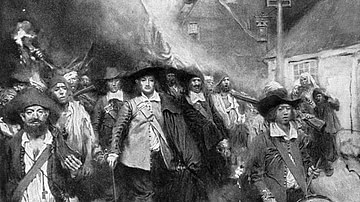
Definition
Bacon's Rebellion
Bacon’s Rebellion (1676) was the first full-scale armed insurrection in Colonial America pitting the landowner Nathaniel Bacon (l. 1647-1676) and his supporters of black and white indentured servants and African slaves against his cousin-by-marriage...
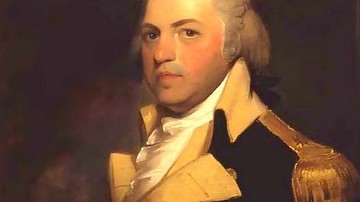
Definition
Henry Lee III
Henry Lee III (1756-1818), more commonly known by his nickname 'Light-Horse Harry' Lee, was a cavalry officer in the Continental Army during the American Revolutionary War (1775-1783) and a politician who served as the ninth Governor of Virginia...
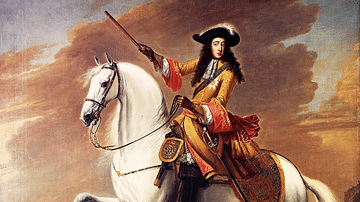
Definition
Glorious Revolution
The Glorious Revolution of November 1688 saw Protestant William of Orange (l. 1650-1702) invade England and take the throne of Catholic James II of England (r. 1685-1688). There were no battles, and William was invited by Parliament to become...
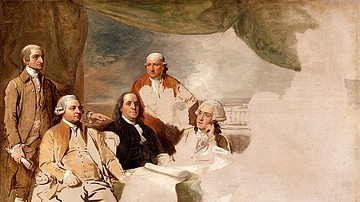
Definition
Treaty of Paris of 1783
The Treaty of Paris, signed on 3 September 1783 by representatives from Great Britain and the United States, was the peace agreement that formally ended the American Revolutionary War (1775-1783) and recognized the United States as an independent...
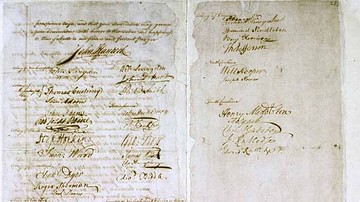
Article
Olive Branch Petition
The Olive Branch Petition was a letter adopted by the Second Continental Congress on 5 July 1775 and sent to King George III of Great Britain (r. 1760-1820) in a final attempt at reconciliation in the early months of the American Revolutionary...
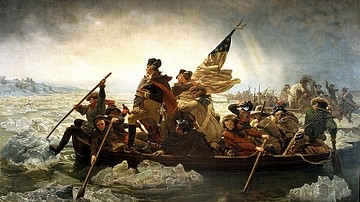
Article
New York and New Jersey Campaign
The New York and New Jersey Campaign (3 July 1776 to 3 January 1777) was a pivotal campaign waged during the American Revolutionary War (1775-1783) for control of New York City, the Hudson River, and the resource-rich state of New Jersey...
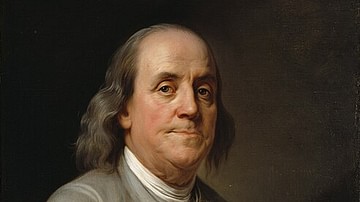
Image
Benjamin Franklin
Benjamin Franklin (1706-1790), statesman and signatory of the Declaration of Independence, oil on canvas portrait by Joseph-Siffred Duplessis, painted in Paris, c. 1785.
National Portrait Gallery, Washington, D.C.
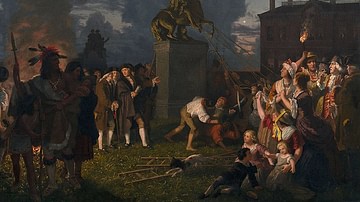
Image
Pulling Down the Statue of King George III
On 9 July 1776, American Patriots and Sons of Liberty pull down the statue of King George III of Great Britain in New York City, shortly after George Washington read the United States Declaration of Independence. Two months later, the British...

Image
Portrait of John Hancock, c. 1765
John Hancock (1737-1793), a wealthy Boston merchant and future American Founding Father and signer of the Declaration of Independence, oil on canvas by John Singleton Copley, 1765.
Museum of Fine Arts Boston.